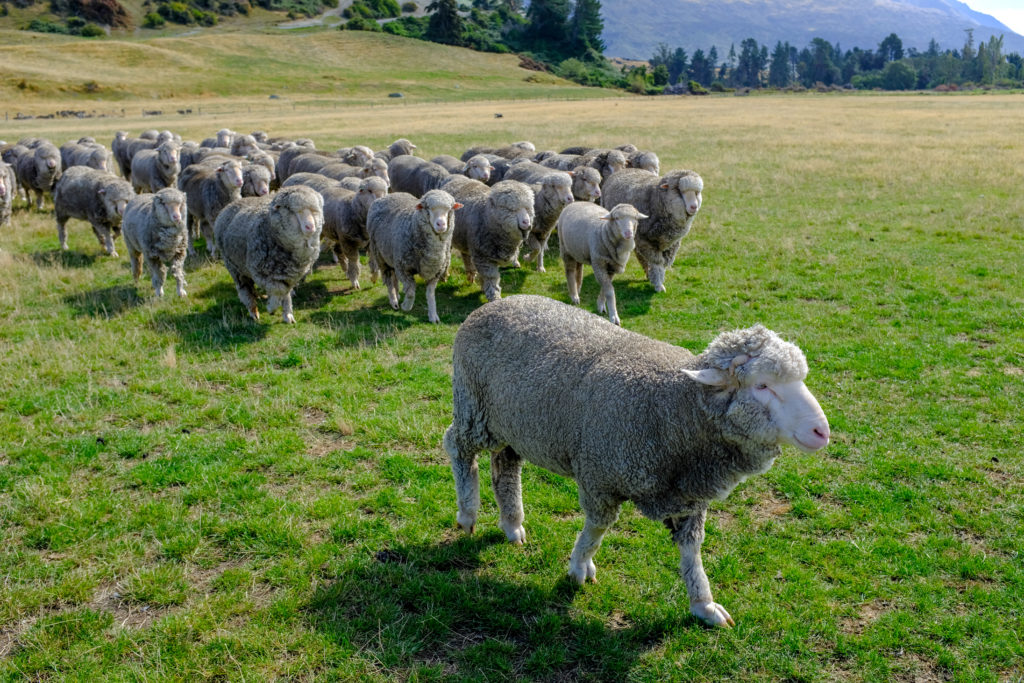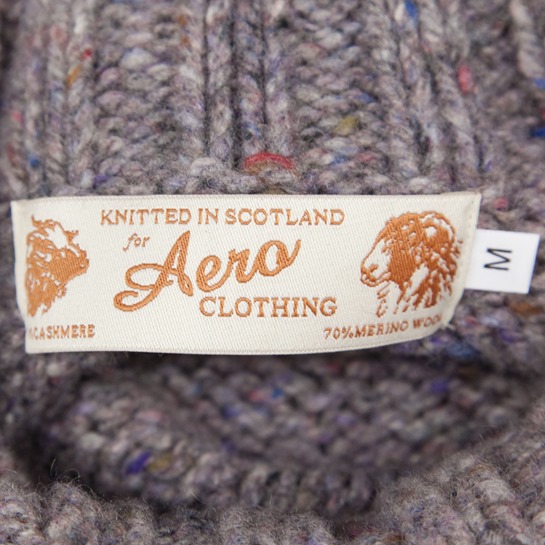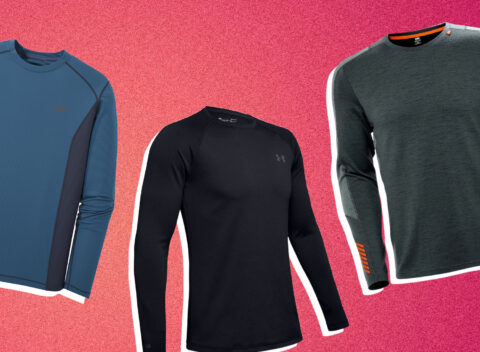New Info On Selecting Merino Wool Base Layers For Hiking
Wiki Article
What Do Merino Sheep Stack Up To Other Varieties Of Sheep
Merino sheep possess distinct features that distinguish them from other breeds. Merino wool- Merino sheep are well-known for their fine wool. This wool is softer and finer than other sheep breeds. Merino Wool is sought-after because of its flexibility, warmth, and comfort.
Adaptability- Merino wool sheep are extremely capable of adapting to changing conditions and climates. They are capable of surviving in both cool and hot climates.
Resilience- Merino lambs are well-known for their strength. They are resistant to most diseases of sheep and are able to withstand severe weather conditions.
Fertility- Merino Merino sheep are blessed with very high fertility rates. They can produce multiple offspring within one pregnancy.
Merino sheep's patterns of grazing are distinctive. They have a unique method of grazing that's healthy for them. They are more careful and selectively, which enables them to stay clear of overgrazing or toxic plants.
Breedingbreeding Merino sheep are selectively bred in order to produce the best quality wool. This has resulted in a wide range of Merino sheep breeds, each with unique traits and characteristics.
Merino sheep are highly valued because of their exquisite wool, flexibility and adaptability. They're an important source for the wool industry and are admired by farmers all over the world.

What Are The Basic Layers Of Merino-Wool Merino Are Different For Lightweight, Mediumweight, And Heavyweight?
The fabric's thickness, warmth and weight is what differentiates lightweight, middleweight and heavyweight Merinowoo base layers. Below is a breakdown of differences among the three types of base layers. Lightweight Merino Wool base layers are typically made from a thin, breathable fabric that can be able to withstand mild and cold conditions. This is the ideal kind of base layer to use for high-intensity activities. It is essential to have fabrics with good wicking capabilities to keep you cool. They can also serve as a base layer for cooler weather, or under other layers.
The medium-weight Merino wool base layer is made of thicker fabrics that provide greater insulation and warmth than lighter base layers. The base layer is able to be utilized in cold or hot weather conditions. It is an excellent choice for moderate-intensity sports and for those who don't sweat much.
Heavyweight Merino wool base layers are constructed with the finest and warmest fabrics , and are perfect for colder temperatures. This kind of base layer suits activities that are low-intensity, that don't cause you to sweat like skipping or snowshoeing.
Consider the weather conditions you are likely to experience and the kind of activity you will be engaging in. For activities that require a lot of intensity the lightweight base layer is the most suitable choice. A middle-weight base layer is suitable for warm to cold weather and activities of low to moderate intensity. A heavier base layer is best for colder weather and low-intensity activities. Be aware that based on the circumstances, you can layer up and down so it is better to choose a lighter layer than a heavier one. Be aware of the size of the base layer, and make sure it's comfortable and allows you full range of motion. Go search for best base layers for more advice.

Why Is Merino Wool Mixed With Himalayan Yak Wool A Great Base Layer For Skiing?
Merino and Himalayan wool blends are an excellent combination to use as the base layer for skiing. Merino wool has a reputation for being extremely temperature-regulating, moisture-wicking, and soft. Himalayan Yak wool is recognized as warm and durable. When both fibers are combined to create an outer layer that provides excellent warmth, moisture management, and breathability, making it perfect for skiing. Merino wool regulates your body temperature and wicks the moisture away, and helps keep you dry. Yak wool is an insulation layer, which provides warmth in cold weather. The combination of Merino and Yak wool is strong and impervious to wear, making it a fantastic choice for an ideal base layer for intense sports such as skiing. Merino wool combined with Himalayan wool yak wool creates an excellent base layer to use for skiing, or any other winter activities. Go read more about hiking mid layer info for blog advice.

What Is It That Makes Merino And Himalayan Himalayan Yak Wool More Desirable Than Cotton Nylon, Polyester, And Polyester Alternatives For Ski Clothing?
Merinowool and Himalayanyak wool are better than polyester, nylon, fleece, nylon and fleece for ski clothes. Warmth: Merinowool as well as Himalayanyak wool are very effective insulators. They help keep your warm even in frigid weather. Contrary to polyester, cotton, and nylon, which do not provide adequate insulation, Merino wool and Himalayan Yak wool have a very high warm-to-weight ratio. This means they are light and comfy to wear while still providing excellent insulation.
Moisture management- Merino wool as well as Himalayan yak wool are highly effective at managing moisture, that means they'll keep you comfortable and dry when you're out skiing. Both wools are naturally moisturizing. This means that they draw out moisture and then transfer it to exterior layers of the fabric. This contrasts with cotton which absorbs moisture and gets heavy when moist.
Breathability - Merino wool, Himalayan yak wool, and many other wools are breathable. This allows air to flow through the fabric and assists in regulating the body's temperature. This is essential for clothing designed for skiing, since it allows you to stay at ease while you're ski. Nylon, polyester, and fleece, on the other hand are less breathable, trapping heat and moisture. You'll be uncomfortable and hot.
Comfortand Comfort Merino and Himalayan wools are soft and comfortable and are able to be worn close to the skin. They are extremely flexible and stretchy. This means that they are able to move in harmony with your body and allow you to move with a wide range of motion. However, fabrics like nylon and polyester can be stiff and uncomfortable. They can limit the range of motion you can enjoy or cause chafing. It can also cause discomfort.
Sustainable: Merino wool and Himalayanyak wool are both renewable and natural fibers that can be recycled and biodegradable. They are less environmentally friendly than synthetic materials, such as polyester and nylon, both of that are made of nonrenewable resources and take longer to decompose.
Merino wool or Himalayanyak wool can offer many benefits over cotton, nylon or nylon, as well as polyester or fleece for ski clothes. They are comfortable, sustainable, warm, and moisture-wicking.